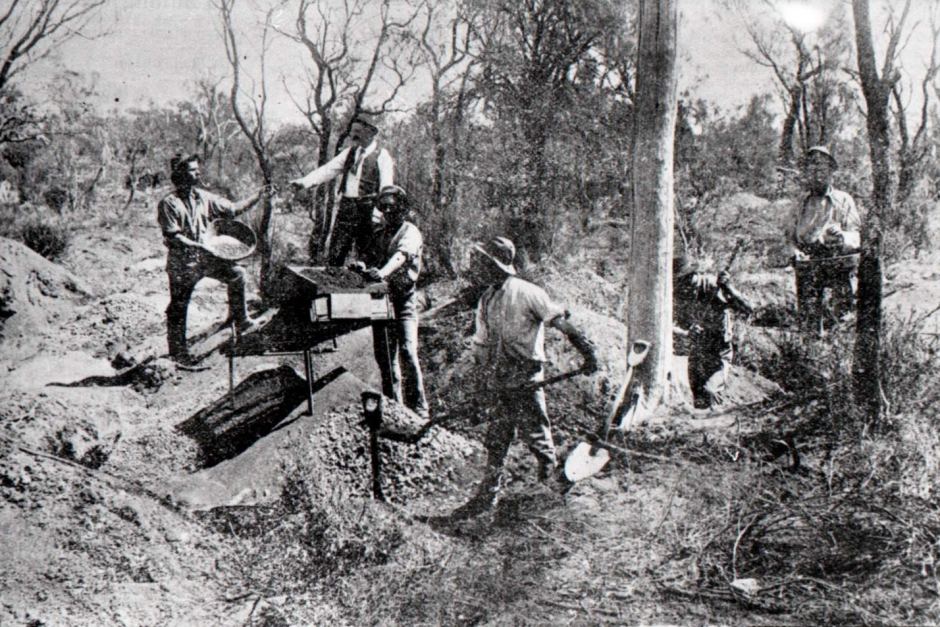Soaring Iron Ore and Gold Prices Boost WA’s Economic Outlook

A predicted “mini gold rush” in Western Australia, combined with skyrocketing iron ore prices, is renewing optimism about the state’s long-subdued economy.
The price of gold in Australian dollars has reached a record high, hitting $2,000 an ounce for the first time last week.
The precious metal also broke through $US1,400 ($2,014) an ounce for the first time in almost six years.
“Psychologically it’s a very important level to have broken through,” Katana Asset Management portfolio manager Romano Sala Tenna said.
He said the price increase was fuelled by demand from central banks, which were buying gold as a store of value, as countries such as the US and China diluted their currencies.
“I think we’re going to see a mini gold rush over coming years if the gold price holds these levels,” he said.
“We’ve got very cashed-up gold miners in Australia, some of the most cashed-up in the world, and they need to get organic growth.
It was critical for gold miners to look at new projects and reinvigorating past projects, he said.
Western Australia is the nation’s biggest gold producer, accounting for almost 70 per cent of total gold production.
The industry is also benefitting from a fall in production costs, according to Acil Allen Consulting executive director John Nicolaou.
“In fact [their costs of production] have gone down by about a quarter, on average, from 2013 levels,” Mr Nicolaou said.
“So along with reduced costs of production you’ve got a spike in prices, and that undoubtedly provides the incentive and the capacity for further investments to be made in the sector.”
Iron ore price outpaces government prediction
he iron ore price also continues to climb, following the “supply shock” from the dam disaster at Vale’s iron ore mine in Brazil in January.
The current spot price of $US118 a tonne is still well short of the 2011 record of $US191 a tonne.
However it is significantly higher than the conservative assumptions built into the WA budget, which estimates an average iron ore price of $US76.5 a tonne over the 2018/19 financial year.
“[The iron ore price] has stayed higher perhaps longer than I expected,” WA Treasurer Ben Wyatt said.
“I’m not assuming that’s going to stay around for a long time, so I see this as a short-term benefit for the state.
“It will certainly have an impact on the [2018/19] surplus, but there are a range of things that impact the final result, it’s not just the iron ore price.”
Based on WA treasury estimates, with every $US1 increase in the iron ore price WA receives an extra $81 million.
The exchange rate is also helping — every time the Australian dollar falls by one US cent, the state’s royalty income is expected to jump by $101 million.
Mr Nicolaou said the positive outlook for the resources sector was an indicator of recovery in the broader WA economy.
“There is still some softness in the economy, the labour market conditions are still pretty tough, there’s still excess capacity in the marketplace that’s keeping real wages down,” he said.
“It will take some time for that capacity to be absorbed and for the everyday citizens to start to feel the benefits of what is an emerging recovery throughout the state.
“The important thing though is that we have got through the worst of it. [The] signs are looking much more positive.
“But we need to understand that there’s a new normal, that’s a new boring normal, where growth rates of 3 to 4 per cent maybe become the high side for the state, rather than the 7 or 8 per cent rates of growth that we saw in the years past.”
Source: ABC News, 24 June 2019
